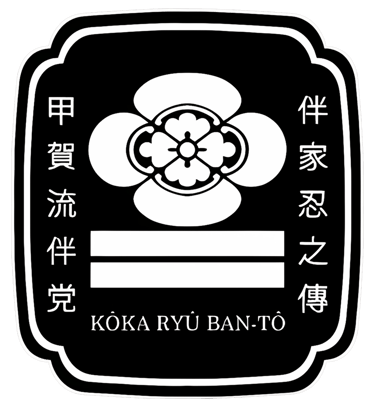Welcome to karasu dojo - budokan banke shinobi
The Art of the Katana: The Forged Soul of the Japanese Warrior
Understand how the katana became one of the greatest symbols of samurai culture and discover its role as an extension of the warrior spirit on and off the battlefield.
Danilo Baldassari
5/14/20251 min read


The katana is undoubtedly one of the greatest icons of traditional Japanese culture. With its curved, sharp and elegant blade, it represents not only a lethal weapon, but the extension of a warrior's soul. Over the centuries, the katana has become the ultimate symbol of the samurai class, conveying values such as honor, precision, balance and mastery.
Forged at high temperatures and subjected to careful processes that combine hardness with flexibility, the manufacture of a katana requires months of intense work by artisans known as tosho. Each sword is unique — not only in shape and style, but in the energy and purpose with which it was created. This attention to detail is a direct reflection of Japanese culture, where the process is as important as the result.
At Budokan Banke Shinobi, the katana is studied as a tool for self-knowledge and discipline. Through Kenjutsu techniques, students learn much more than how to handle a sword: they learn to control their breathing, align their body and mind, and understand that true combat begins within.
Each strike, each posture and each movement has meaning. It is not just about attacking or defending, but about staying present, attentive, centered. This is why the katana is considered the soul of the warrior — because it requires him to be whole at all times.
For us, reviving this ancient art is a commitment to tradition and to the evolution of the practitioner. The katana is not an instrument of violence. It is, above all, a bridge between the past and the present, between the body and the spirit, between the warrior and the world.




